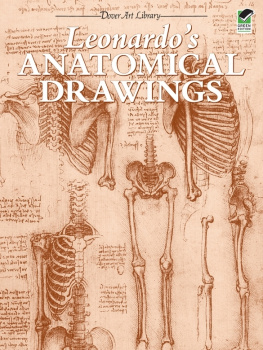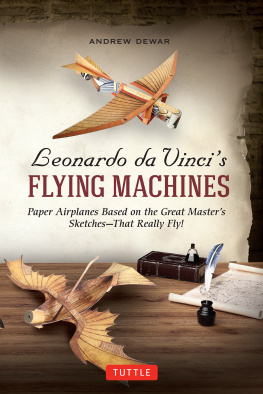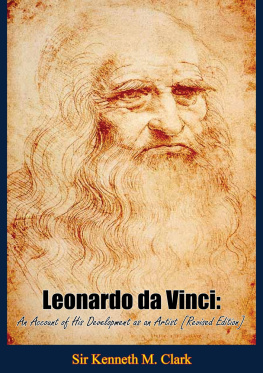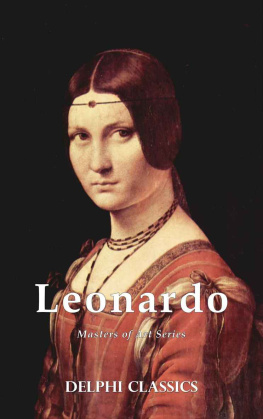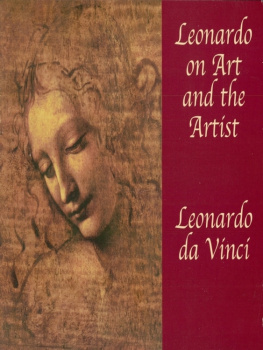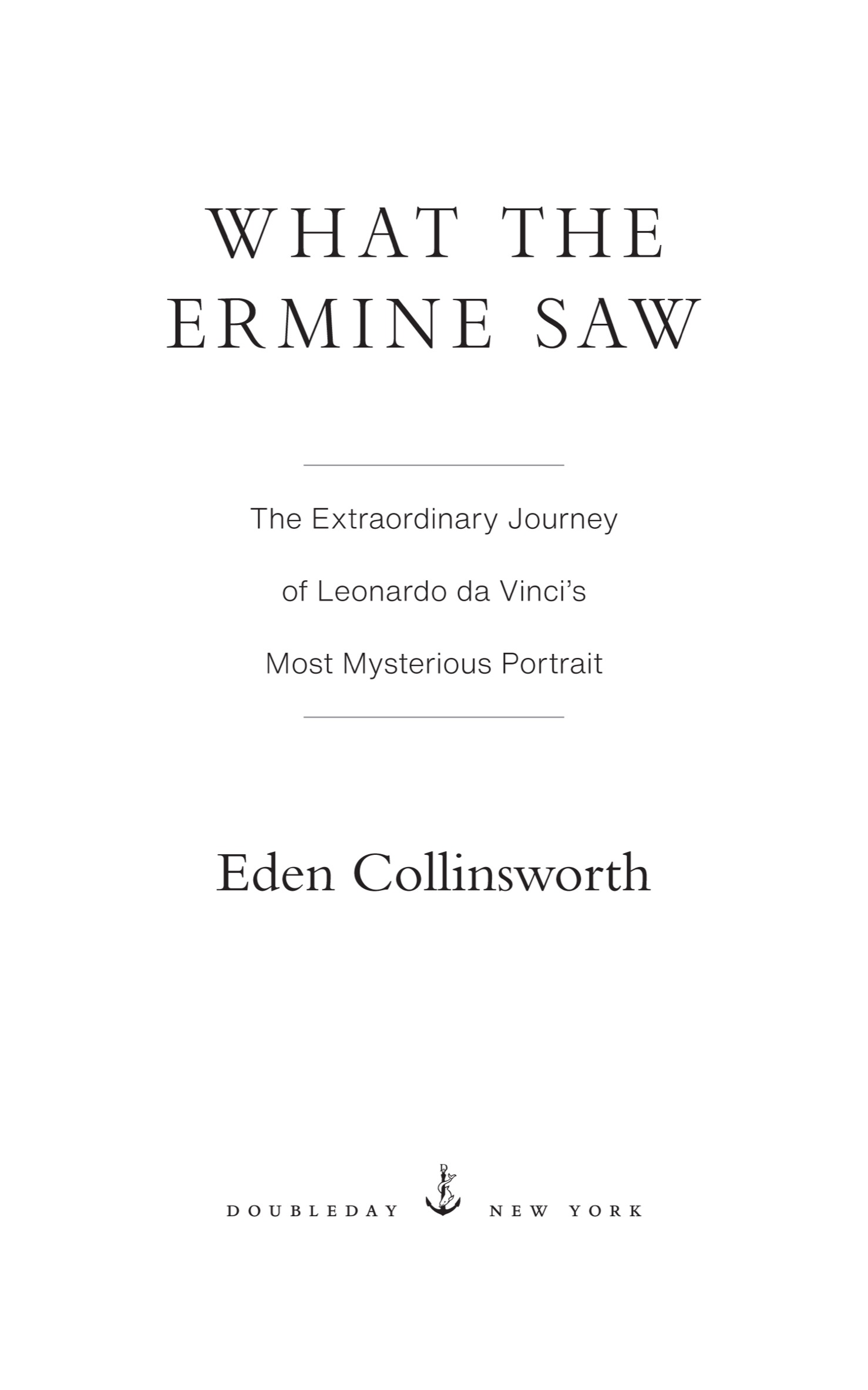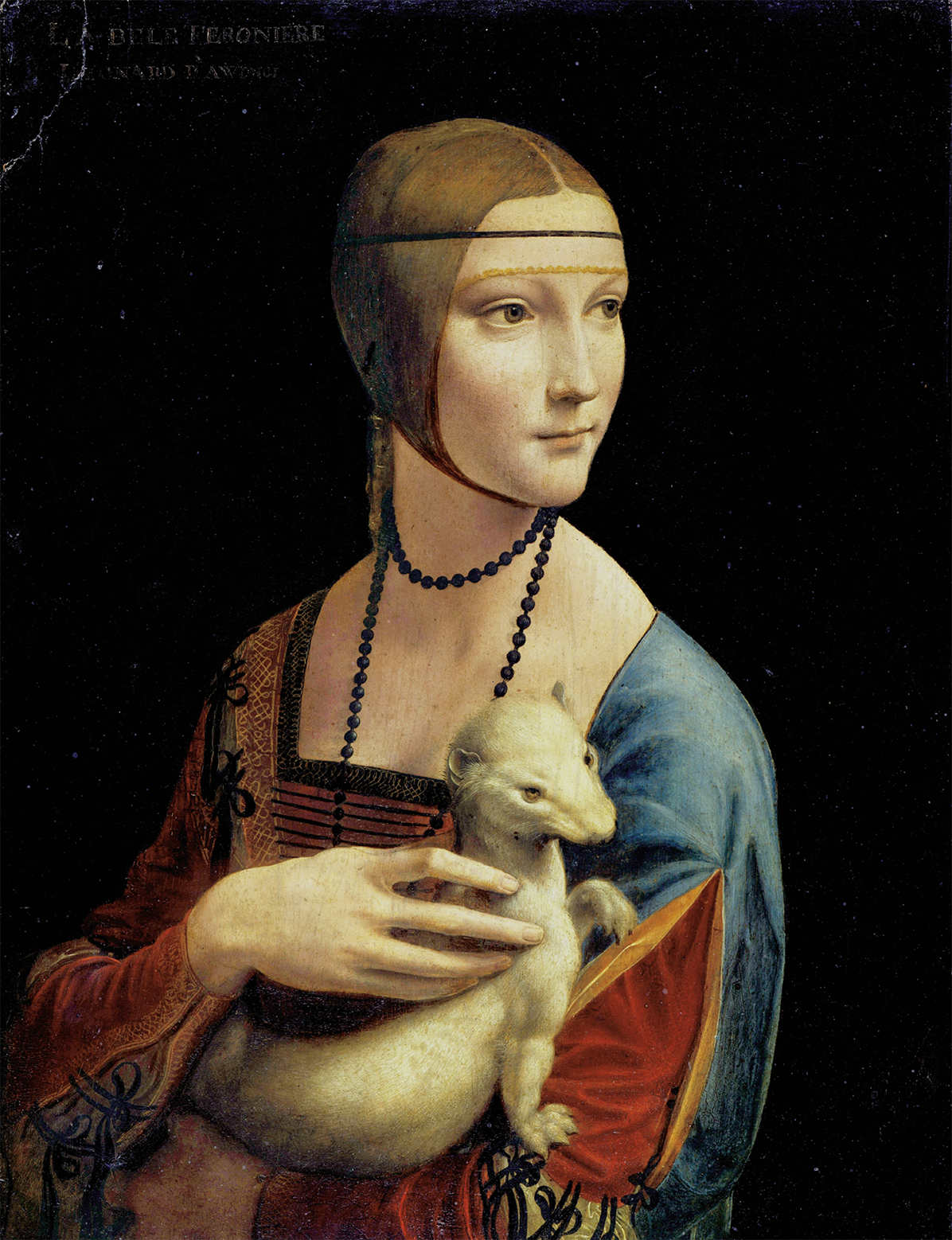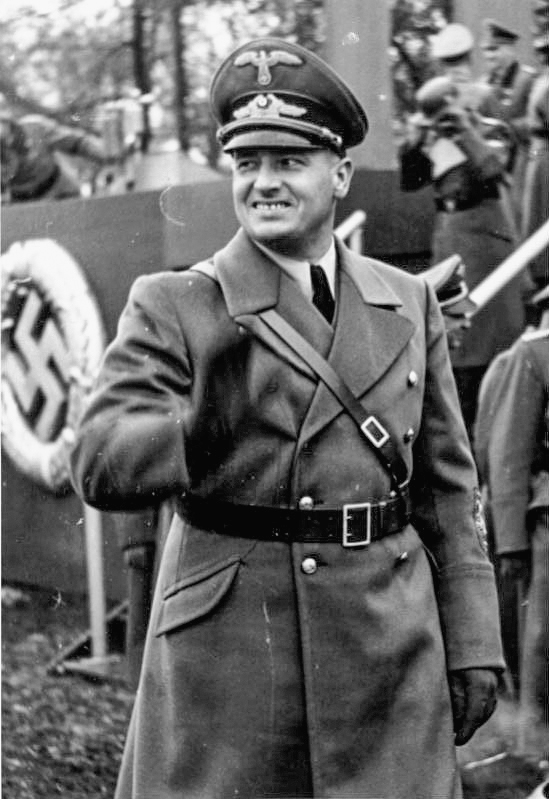Eden Collinsworth - What the Ermine Saw: The Extraordinary Journey of Leonardo Da Vincis Most Mysterious Portrait
Here you can read online Eden Collinsworth - What the Ermine Saw: The Extraordinary Journey of Leonardo Da Vincis Most Mysterious Portrait full text of the book (entire story) in english for free. Download pdf and epub, get meaning, cover and reviews about this ebook. year: 2022, publisher: Knopf Doubleday Publishing Group, genre: Non-fiction. Description of the work, (preface) as well as reviews are available. Best literature library LitArk.com created for fans of good reading and offers a wide selection of genres:
Romance novel
Science fiction
Adventure
Detective
Science
History
Home and family
Prose
Art
Politics
Computer
Non-fiction
Religion
Business
Children
Humor
Choose a favorite category and find really read worthwhile books. Enjoy immersion in the world of imagination, feel the emotions of the characters or learn something new for yourself, make an fascinating discovery.
- Book:What the Ermine Saw: The Extraordinary Journey of Leonardo Da Vincis Most Mysterious Portrait
- Author:
- Publisher:Knopf Doubleday Publishing Group
- Genre:
- Year:2022
- Rating:3 / 5
- Favourites:Add to favourites
- Your mark:
What the Ermine Saw: The Extraordinary Journey of Leonardo Da Vincis Most Mysterious Portrait: summary, description and annotation
We offer to read an annotation, description, summary or preface (depends on what the author of the book "What the Ermine Saw: The Extraordinary Journey of Leonardo Da Vincis Most Mysterious Portrait" wrote himself). If you haven't found the necessary information about the book — write in the comments, we will try to find it.
Five hundred and thirty years ago, a young woman sat before a Grecian-nosed artist known as Leonardo da Vinci. Her name was Cecilia Gallerani, and she was the young mistress of Ludovico Sforza, duke of Milan. Sforza was a brutal and clever man who was mindful that Leonardos genius would not only capture Cecilias beguiling beauty but also reflect the grandeur of his title. But when the portrait was finished, Leonardos brush strokes had conveyed something deeper by revealing the essence of Cecilias soul. Even today, The Woman with an Ermine manages to astonish.
Despite the works importance in its own time, no records of it have been found for the two hundred and fifty years that followed Galleranis death. Readers of The Hare with the Amber Eyes will marvel at Eden Collinsworths dexterous story of illuminates the eventual history of this unique masterpiece, as it journeyed from one owner to the nextfrom the portraits next recorded owner, a Polish noblewoman, who counted Benjamin Franklin as an admirer, to its exile in Paris during the Polish Soviet War, to its return to WWII-era Poland wherein advance of Germanys invasionit remained hidden behind a bricked-up wall by a housekeeper who defied Hitlers edict that it be confiscated as one of the Reichs treasures. Fans of Anne-Marie OConnors The Lady in Gold will treasure the story of this criss-crossing journey and the enigmatic woman at its heart.
What the Ermine Saw is a fact-based story that cheats fiction and a reminder that genius, power, and beauty always have a price.
ASIN : B09986XCTB
Publisher : Doubleday (May 24, 2022)
Print length : 266 pages
Page numbers source ISBN : 0385546114
Eden Collinsworth: author's other books
Who wrote What the Ermine Saw: The Extraordinary Journey of Leonardo Da Vincis Most Mysterious Portrait? Find out the surname, the name of the author of the book and a list of all author's works by series.




